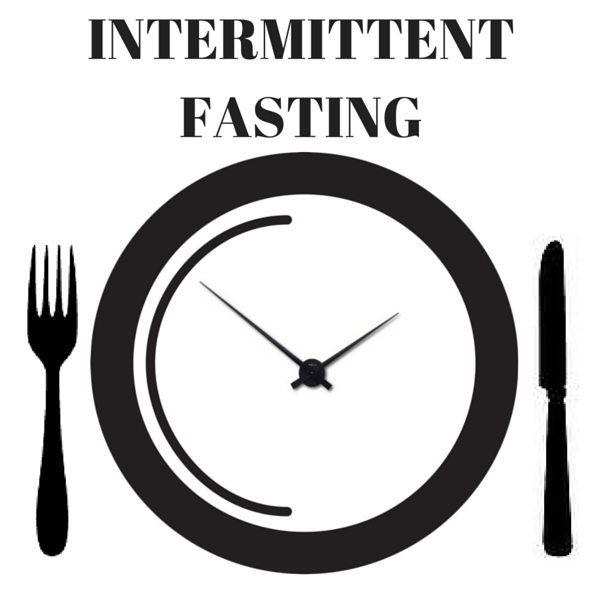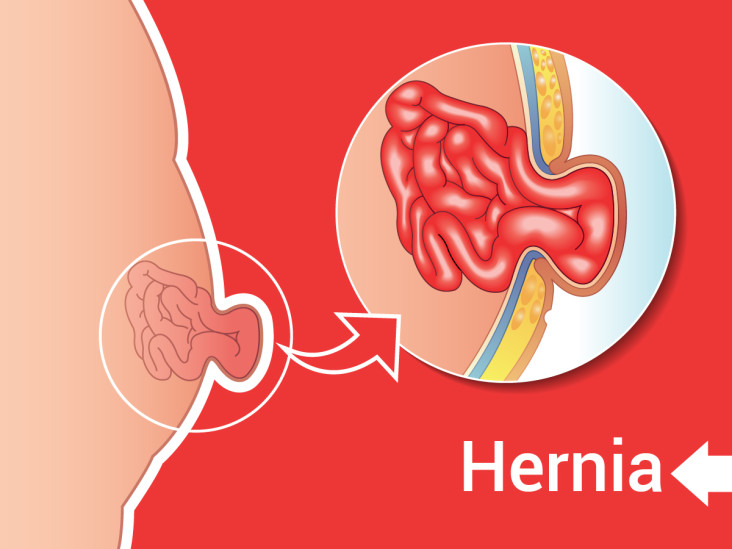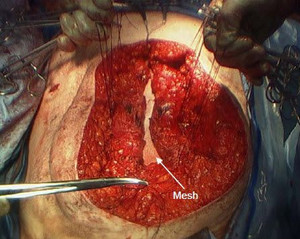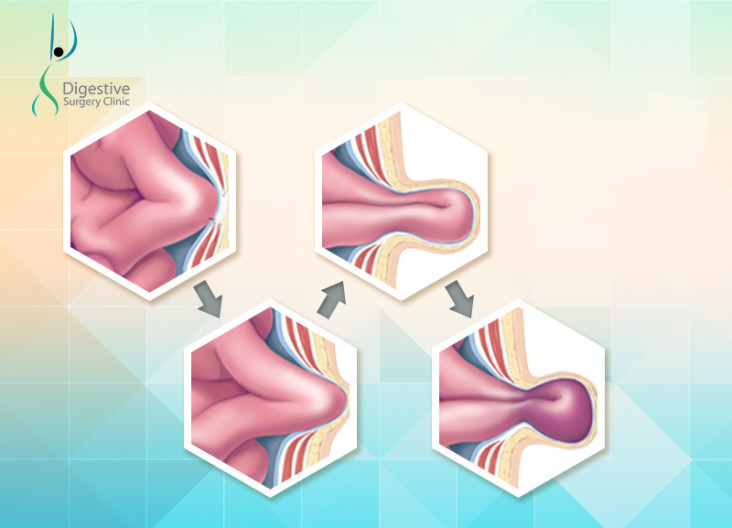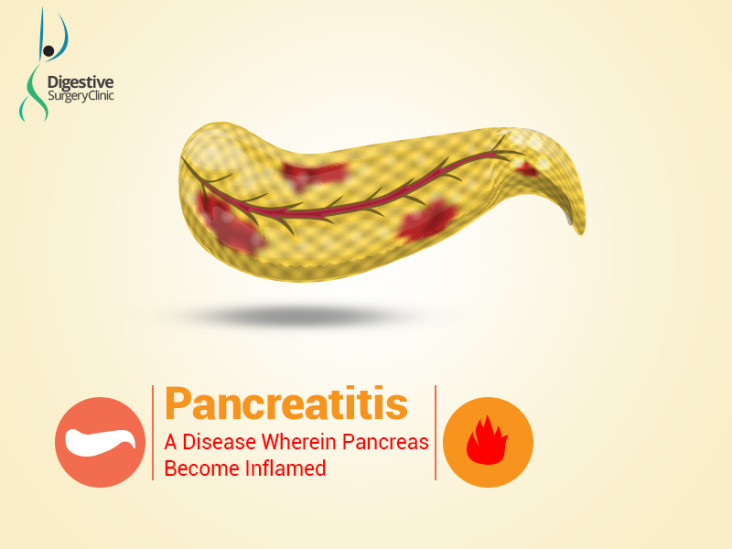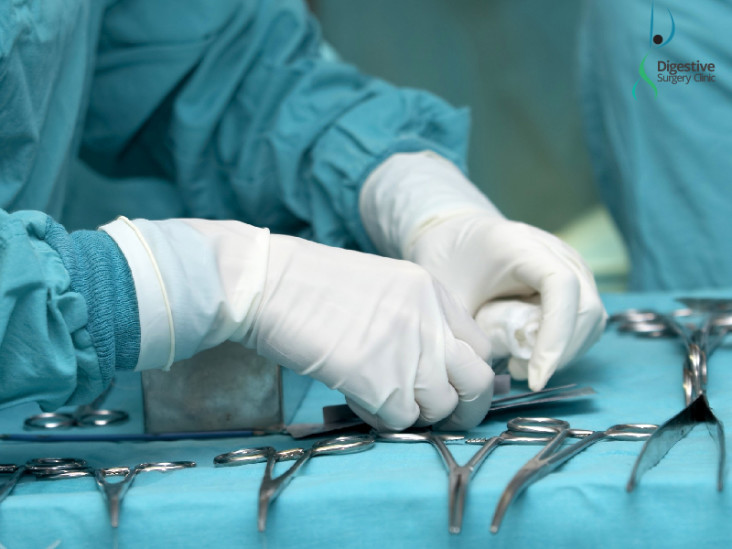Fasting has been an integral part on all religion. Our forefathers have practiced fasting on a regular basis. Monks eat food sparingly, once or twice a day which helps them to attain a longer and healthy life. Though intermittent fasting has been an integral part of our culture and civilization, but we are following it now as it has gone to west and come back. Like most aspects of life, we prefer to imitate the western civilization.
Intermittent fasting is a very scientific approach which can be practiced in several forms.
Most common of them is 16:8 , that is fasting for 16 hours a day and eating your food for only 8 hours. In this method we generally take the night 8 hours sleeping time into consideration and fast for 4 hours before sleeping as well as 4 hours after getting up. During this fasting window one is allowed to consume water, black tea or coffee without sugar or with stevia.
Research has proved that intermittent fasting is an excellent dieting tool or pattern for fat loss. It also promotes loss of visceral fat.
Initially an individual might feel dizzy or weak during the fasting window but like any other habit in life one gets used to it over time. We must understand that intermittent fasting is not a diet but a diet pattern. One has consume his / her required calorie through macro-nutrients but follow the pattern of intermittent fasting.
Other fasting methods can be 20:4, that is fasting for 20 hours and eating for 4 hours.
One can also follow that fasting technique or eating only when clock strikes 12 noon.
Some people also follow that practice of 5:2
That is eating a very high calorie meal for 5 days in a week and fasting for 2 days. The fasting days are never consecutive. In this way, they are able to keep their total calorie intake for a week under control. Though this method can be a little extreme for most people.
Another advantage of intermittent fasting is, that one doesn’t have to think a lot about what to eat throughout the day and can use that time and energy towards productive purposes.

